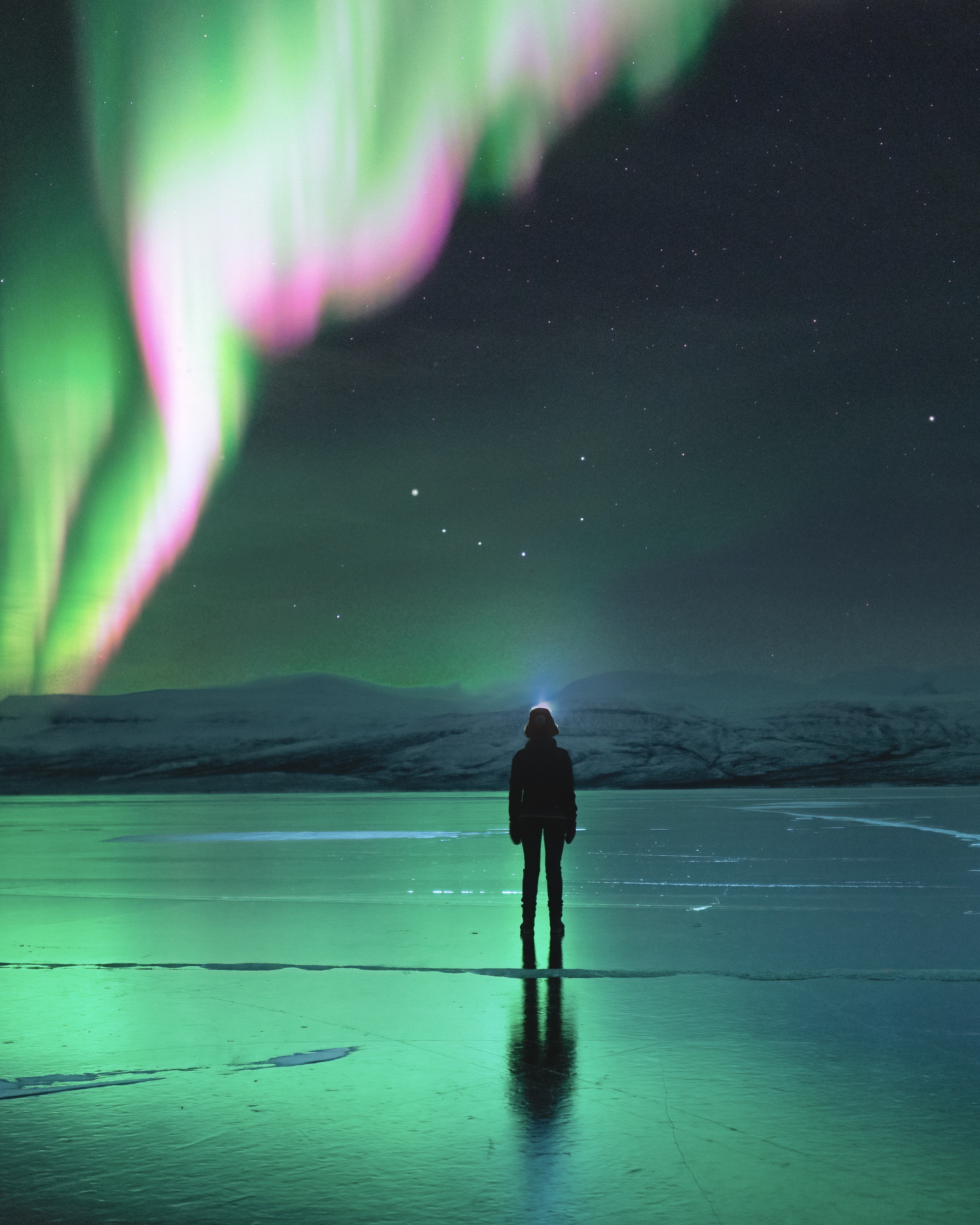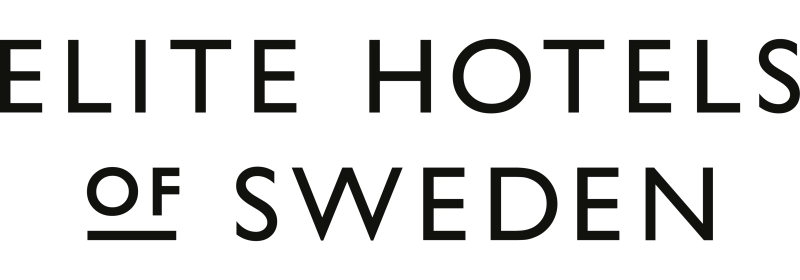Best locations and time for Northern lights

Important for Seeing Auroras:
The most important thing when going to see auroras is understanding the weather and solar activity to know if the northern lights will appear or not. If solar activity is strong enough to create auroras, the next step is knowing where to go—whether your location allows you to see them, whether there is light pollution, or if you are "trapped" in a valley where mountains block much of the horizon. If it's not clear in your area, you need to know how to find clear skies. I personally use satellite images updated every hour to track cloud movement and find gaps in the sky.
It's also important to mention that most people come to see the northern lights during winter when temperatures can drop close to -40 degrees, so it's crucial to be well-equipped to withstand hours of minimal movement while watching the auroras. Additionally, if you're planning to photograph the auroras, I always recommend scouting the location during the day to familiarize yourself with the area at night. Know if there's a frozen river next to your spot, whether it's safe to walk on, if there are any nearby hazards, and once night falls, you can focus solely on getting the shot you want.
Best Places to See Them
From late August to mid-April, you can see northern lights across the region known as the auroral oval, which is the area around the Earth's geomagnetic poles where auroras occur most frequently. This "oval" usually lies between 65 and 75 degrees north, but during geomagnetic storms or major solar events, they can be seen further south or, on some days, further north.
In summary, any location near or above the Arctic Circle offers good chances of seeing northern lights—from Alaska, Canada, Greenland, Iceland, Norway, Sweden, Finland, and Russia. However, based on my experience of having visited many of these countries, I would choose Swedish Lapland, specifically Abisko. Here, we have clearer skies than anywhere else within the Arctic Circle due to a microclimate that forms in this area. Additionally, being a small village with very few inhabitants, light pollution is virtually nonexistent.
Top Places to See Auroras
Within Swedish and Norwegian Lapland, you can find some of the most beautiful spots to see northern lights. One of my favorites is the Čuonjávággi valley, better known as the "Gates of Lapland," the iconic U-shaped mountains visible from Abisko. Climbing up and standing between the two mountains while watching the auroras is a unique experience.
Along Lake Torneträsk, there are many beautiful spots to see them, especially when the lake begins to freeze and you can see the auroras reflected on the freshly formed ice.
Nearby Fjords of Narvik – Many fjords near Narvik offer unobstructed views (with no obstacles or large mountains) to the north, which is where the auroras usually appear (though on days of strong activity, they can be seen in all directions). From Abisko, they are only an hour's drive away, and you can enjoy the fjords and auroras at the same time, which is incredible.
About My Company
I founded Northern Wilds Expeditions to share the Arctic wilderness that fascinates me so much. I believe it's very important for people to get to know this region of the planet because I think people are more likely to protect something when they know it. That's what I aim for with this company—to bring nature (wildlife, landscapes, northern lights, etc.) closer to everyone so they return home with a new perspective on what the Arctic means, raising awareness in an enriching and sustainable way.
Also, as a professional photographer, I have published work with National Geographic, BBC, European Space Agency, NASA, etc., and I believe photography has great power to raise awareness. That's why I also focused the company on photography tours, so that others who come on my trips with a camera can learn how to use it alongside me, and then take those photos back to all corners of the planet where they come from.
How I Ended Up in Sweden
I first arrived in the Arctic in 2017 when I went on vacation to Norway to see the northern lights. At that time, I was 22 years old and fell in love with the Arctic nature the moment I started seeing the snowy mountains, fjords, vast valleys, large forests, and tundra—all in the same region. During that vacation, I decided I wanted to stay and live there. I got a job in Tromsø and never returned from that vacation. But after 6 months of living in Tromsø, I felt it was too big of a city (about 70,000 inhabitants), so I decided to move to Sweden. I found Abisko on Google Maps, a very small village (between 80 and 100 inhabitants) at the foot of the mountains, with a giant lake next to it, close to the Norwegian fjords, and I knew I had to see that place. I came here to work when I turned 23, and it was supposed to be for 4 months, but 7 years later, I'm still here. I knew I had found my place as soon as I arrived.

